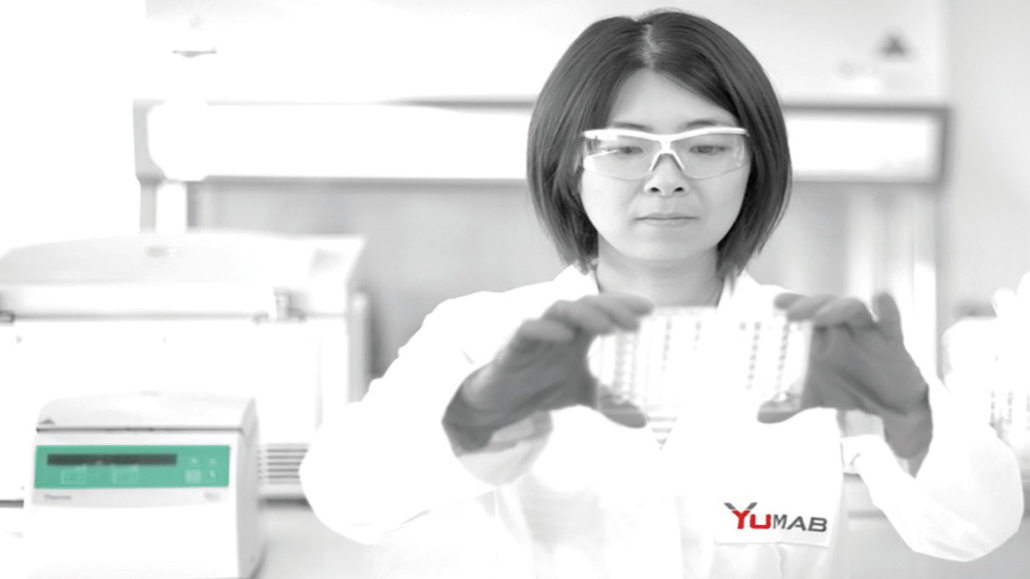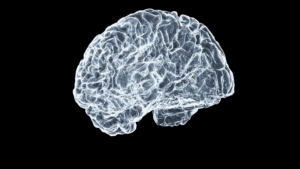
Derisking drug programs by early lead optimisation
Antibody engineering?The development of therapeutic antibodies is a time and cost intensive process. Biological and physicochemical properties of the lead molecules influence almost every step in the development. Investing into antibody engineering and lead optimisation during early development pays off in later steps and does not only accelerate the programme, but also increases the chance of success.
Therapeutic antibodies have become the most important class of biopharmaceutic drugs and are indispensable for the treatment of many diseases. Fully human and humanised antibodies can be generated by different technologies, such as in vitro display technologies from naïve or immune libraries or from transgenic animals. Selection and screening of early antibody candidates can be tailored to define many if not most properties of the final drug, such as target specificity and selectivity, or important features for preclinical development such as cross-reactivity with the animal model. However, it is unlikely, that the first antibody lead possesses all favourable features that are required for a therapeutic drug. Often problems occur in later development stages such as manufacturing, process development, formulation, or clinical development.
Early introduction of antibody engineering and lead optimisation that take these stages in consideration can help to improve functional properties and to address manufacturing or formulation issues in the early development process. Therefore, performing optimisation steps at early stages of drug development can save valuable time, costs and de-risk decisions on critical paths in upcoming process steps.
Exchanging only a single amino acid in an antibody sequence can influence functional properties, stability, expression levels, aggregation, and immunogenicity, all critical properties which can decide the fate of an entire drug programme. Many properties are interdependent, for example higher stability often improves expression levels and facilitates process and formulation development, or lower aggregation propensity may allow high dose formulations, a prerequisite for the subcutaneous administration route, and reduces the likelihood of immunogenicity.
Engineering and optimisation of early lead candidates need to be done in the context of each individual molecule. Optimising lead panels instead of single lead candidates increases the chance of success instead of relying on one molecule. The combination of computer-aided predictions, for example to generate focused libraries, with experimental studies accelerates antibody engineering and lead optimisation compared to pure bioinformatic approaches or random in vitro evolution. The employment of next generation sequencing offers a much deeper analysis of screening outputs and accesses larger pools of sequence variants. The access to more data also opens the door for machine learning and artificial intelligence, which will become an essential part of drug development in the future.
In conclusion, the introduction of antibody engineering and lead optimisation very early in drug development by using a combination of experimental and bioinformatic approaches does not only accelerate the entire process, it also reduces costs, avoids failures, and increases the chance of success.
This article was originally published in European Biotechnology Magazine Autumn Edition 2023.


 Photo from Shawn Day on Unsplash
Photo from Shawn Day on Unsplash 
 adobe stock photos - deemerwha
adobe stock photos - deemerwha